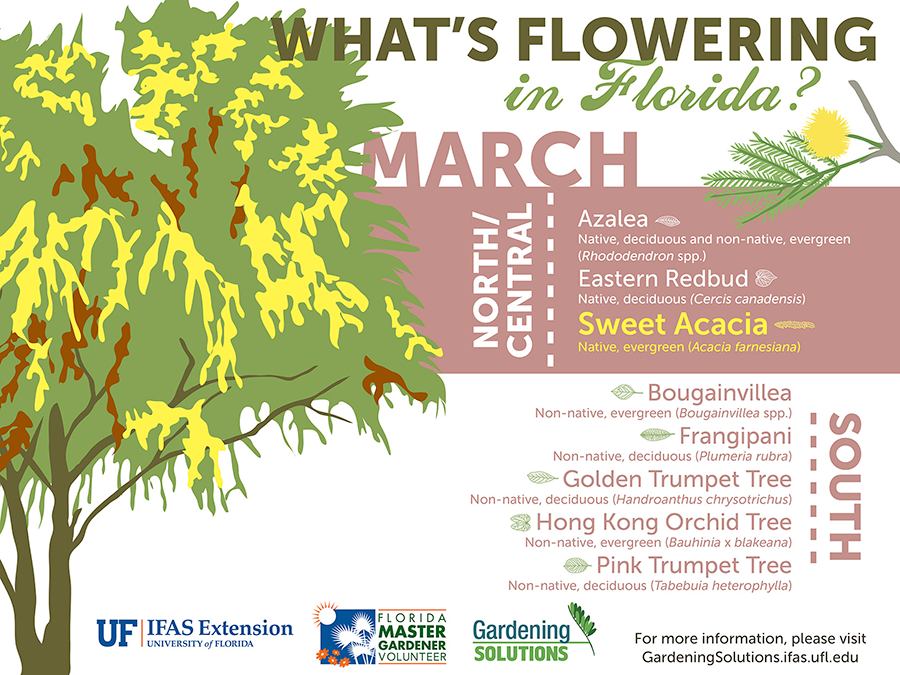The Ecological Impact Of Tree Elimination: What You Ought To Know
The Ecological Impact Of Tree Elimination: What You Ought To Know
Blog Article
Article Writer-Juarez Cochrane
When it pertains to the environmental influence of tree elimination, there are essential facets that require your attention. From the detailed internet of partnerships within ecosystems to the subsequent impacts on climate patterns, the effects are profound. You could be stunned to uncover the elaborate ways in which the elimination of trees can reverberate throughout the atmosphere. Remain tuned to decipher the intricate connections and ramifications of this relatively simple act.
Deforestation and Habitat Loss
Logging and habitat loss are critical problems stemming from tree elimination. When trees are lowered, it interferes with entire communities. Not only are the trees themselves shed, but the homes and food resources of countless plant and animal species are damaged also. Birds shed their nesting websites, animals lose their shelter, and pests lose their habitats. The effects surge with the food web, impacting predators and target alike.
In addition, logging adds to climate change. Trees play a crucial function in absorbing carbon dioxide, a greenhouse gas that traps warmth in the environment. With fewer trees, there's less co2 absorption, bring about boosted levels of this gas in the ambience and aggravating global warming.
Environment loss is a straight result of logging, as the destruction of forests means the loss of distinct and diverse ecosystems. Many species are unable to adjust to fast modifications in their atmosphere, causing populace declines and, in many cases, termination.
Protecting woodlands is essential to preserving the delicate balance of nature and ensuring the survival of numerous plant and animal types.
Impact on Biodiversity
The removal of trees has a considerable effect on biodiversity, impacting the variety and abundance of plant and animal varieties in a location. Trees provide habitat and food resources for countless microorganisms, from bugs to birds to creatures. When trees are eliminated, these types shed their homes and resources of food, bring about a decrease in their populations. This disruption can have plunging effects on the whole community.
Moreover, trees play a critical role in keeping biodiversity by developing microhabitats within their canopies, trunks, and origins that support a vast array of species. When trees are reduced, these specialized settings are ruined, decreasing the total diversity of the area.
In addition, the elimination of trees can result in a reduction in genetic diversity within plant populaces, as certain tree species may no longer have the ability to duplicate or distribute properly. Protecting trees and forests is vital for preserving biodiversity and guaranteeing the health and wellness of ecosystems for future generations.
Soil Disintegration and Environment Modification
With trees being eliminated from a location, the interruption of dirt framework and security occurs, leading to raised soil disintegration. Trees play a vital role in stopping disintegration by holding soil in place with their root systems. When trees are eliminated, especially in large numbers, the soil becomes more at risk to erosion from wind and water. This erosion not only influences the prompt environments however can additionally result in sedimentation in neighboring water bodies, impacting water quality and water communities.
Moreover, trees assist manage the climate by taking in carbon dioxide during photosynthesis. When trees are cut down, this natural carbon sink is reduced, contributing to boosted levels of greenhouse gases in the atmosphere. This can intensify environment change, bring about even more severe climate occasions and interruptions in communities worldwide.
As a result, the elimination of trees not only accelerates soil disintegration but also plays a role in the larger environmental problem of climate adjustment. It's essential to take into consideration these elements when assessing the impacts of tree removal on the environment.
Final thought
Now that you understand the ecological influence of tree elimination, think about the repercussions before lowering trees. Go At this site , reduces biodiversity, and adds to soil erosion and environment change. By being mindful of the effect of tree removal, you can assist safeguard our environment and preserve the delicate balance of nature. Make notified options and take into consideration alternative remedies to minimize the adverse impacts on our world.
